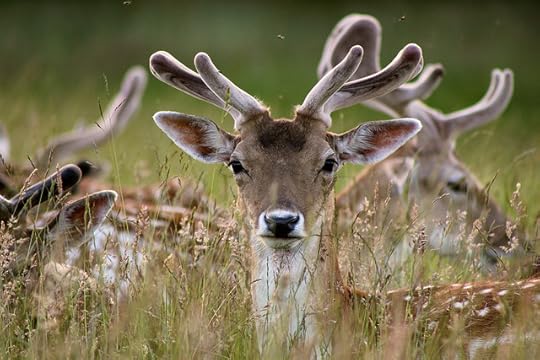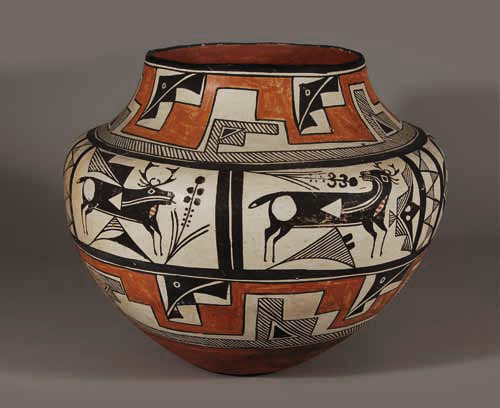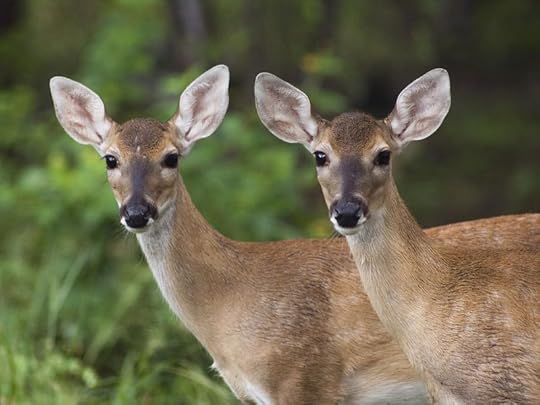Into the Woods, 18: Following the Deer (III)
In the earliest time,
when both people and animals lived on the earth,
a person could become an animal if he wanted to
and an animal could become a human being.
Sometimes they were people
and sometimes animals
and there was no difference.
All spoke the same language.
That was the time when words were like magic.
The human mind had mysterious powers.
A word spoken by chance
might have strange consequences.
It would suddenly come alive
and what people wanted to happen could happen -
all you had to do was to say it.
Nobody can explain this:
That's the way it was.
- after Nalugiaq (from Magic Words: Songs and Stories of the Netsilik Eskimos by Edward Field)
Enchanted is what they were
in the old stories, or if not that,
they were guides and rescuers of the lost,
the lonely, needy young men and women
in the forest we call the world.
That was back in a time
when we all had a common language.
- Lisel Mueller (from "Animals Are Entering Our Lives")
Long ago the trees thought they were people.
Long ago the mountains thought they were people.
Long ago the animals
thought they were people.
Someday they will say, long ago the humans
thought they were people.
- from a Native American (Tulalip) story recounted by Johnny Moses
The deer imagery above is: A photography of a young fallow deer by Josh Smythe; deer vessels from Chimbote, Santa Valley, Peru (100 BC-500 AD); Iranian deer vessel (1000-550 BC); Pueblo Indian bowl from Acoma, New Mexico (circa 19th century); a photograph of a deer buck at Dunham Massey Deer Park, in north-west England, during the rutting season; a ceramic deer vessel from the Hunal Tomb, Copan, Honduras (circa 437 AD); Doe and Deer Jars, made of blown glass, by American glass artist William Morris; "Deer in Trees" bowl by American potter C. Bacon; Deer and Doe porcelain boxes by Devon ceramicist Eleanor Bartleman; and two white-tailed deer-people.
Terri Windling's Blog
- Terri Windling's profile
- 707 followers














